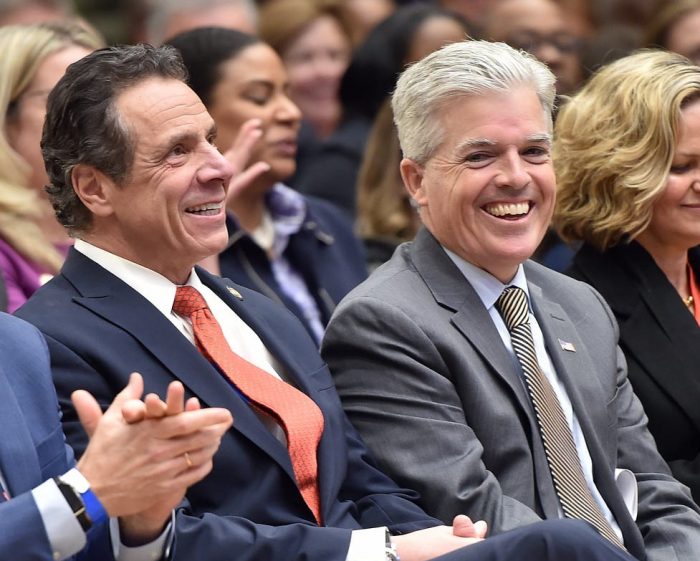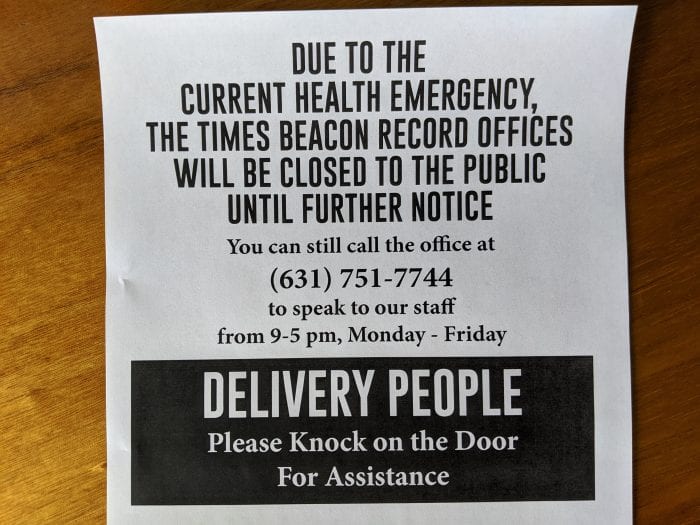Kyle Barr – Deborah Barr

She was working even when she wasn’t. After coming home from her job as a secretary for an attorney in Riverhead, my mom would fret about what my family was going to eat for dinner. It didn’t matter if most of the people left in the house were self-sufficient, Mom was going to make something for everyone, she was going to vacuum the floor, she was going to start the laundry, and by 10 p.m. she would be snoring on the couch, as if her batteries were depleted and no amount of coaxing would get her to restart without a recharge.
I think I’ve got my sensibilities toward work from you, for either good or ill. By your example, I finish what I start, even in times like this. I don’t do things halfway, because each thing should be treated with care.
That is, at work, at least. I know you would still be ashamed to see the way I keep my home.
Courtney and Caroline Biondo – Johness Kuisel

To us, Johness is Mom and Granny.
My mom is the driving force not only of my life, but for 44 years has been the heart and soul of Times Beacon Record newspapers. She is the epitome of class. She teaches me to always be my very best and always put forth my very best effort, more importantly as a mother myself.
Our Granny is the one to watch college football with on Saturdays, the NFL on Sundays and basketball during the week. Granny is always up for a trip to the beach to lounge in the sun and collect shells. Granny likes to sit with a cat in her lap after a long day and sip a Bloody Mary. Granny teaches us to never give up, because you’re often closest to succeeding when you want to forfeit. She teaches us to explore through travel and to always be eager to learn new things.
Daniel Dunaief – Leah Dunaief

When I was young, my mother started these papers. When I called her at work, Mrs. Kuisel answered, much as she does now. “Can I speak to my mom?” I asked. Mrs. Kuisel asked me who my mother was because so many mothers worked at the papers. The question is one I’m happy to answer every day. I’m proud to say that who I am and who my brothers are begins with being numbers 1, 2 and 3 sons of Leah Dunaief. Sure, my younger brother and I might argue about the order of importance, but we are all grateful to have learned numerous important lessons, including never to wear jeans in the ocean or to use apple juice to clean our faces, from a woman we’re fortunate to call mom. I wish her and all the other moms dealing with the ever-fluid new normal a happy Mother’s Day.
Rita J. Egan – Rita M. Egan

When I was a kid in Queens, more mothers were beginning to go to work full time, outside of the home. My mother was no different. At first, she worked as a cashier at Alexander’s Department Store, but she knew she needed to make more money, and she soon took a night class to brush up on her typing and shorthand. After a few different jobs, she eventually found herself working for Con Edison in its transportation department. She lived in Queens when she first began working there but eventually moved out to Smithtown. She would be up before the sun, even leaving before sunrise to catch the train, and while she soon became part of a carpool, the more convenient ride didn’t stop the early morning rush to be at the office by 7 a.m. I may not have inherited my mother’s knack for getting up before the crack of dawn, but I would like to think I take after her when it comes to getting up every morning and doing whatever it is that needs to be done, even when times are rough.
While Mother’s Day may be celebrated a little bit differently this year, here’s hoping we can all find some way to celebrate all the special women in our lives.















